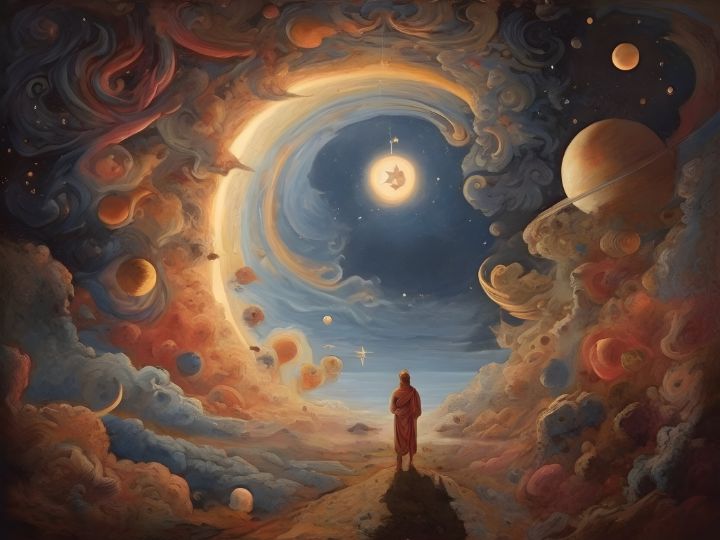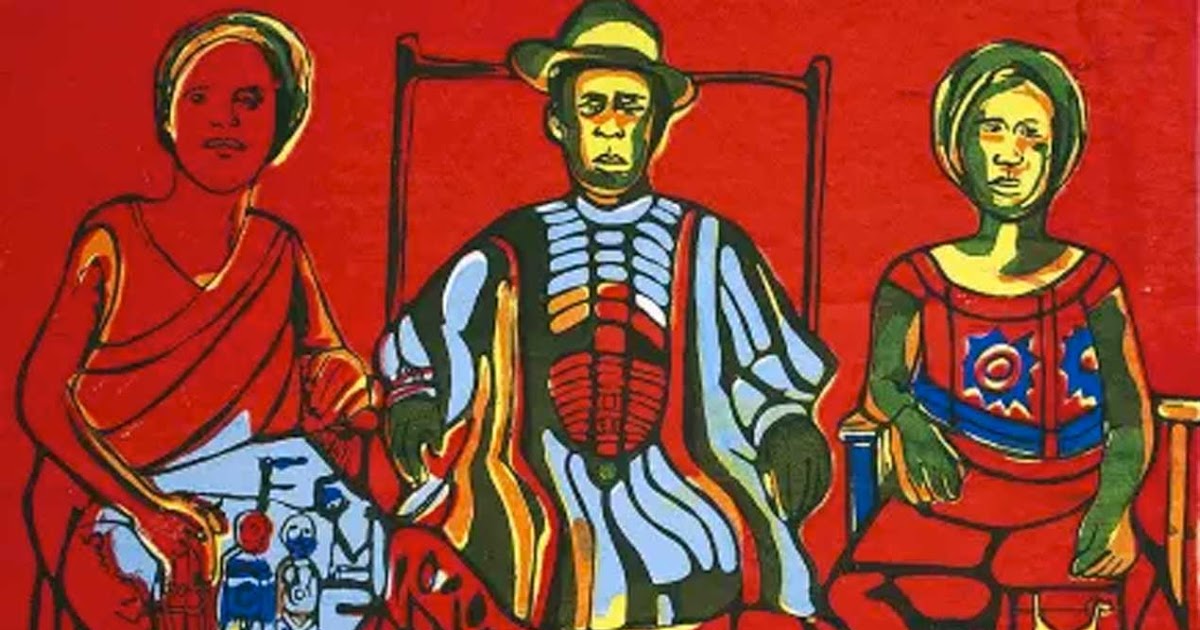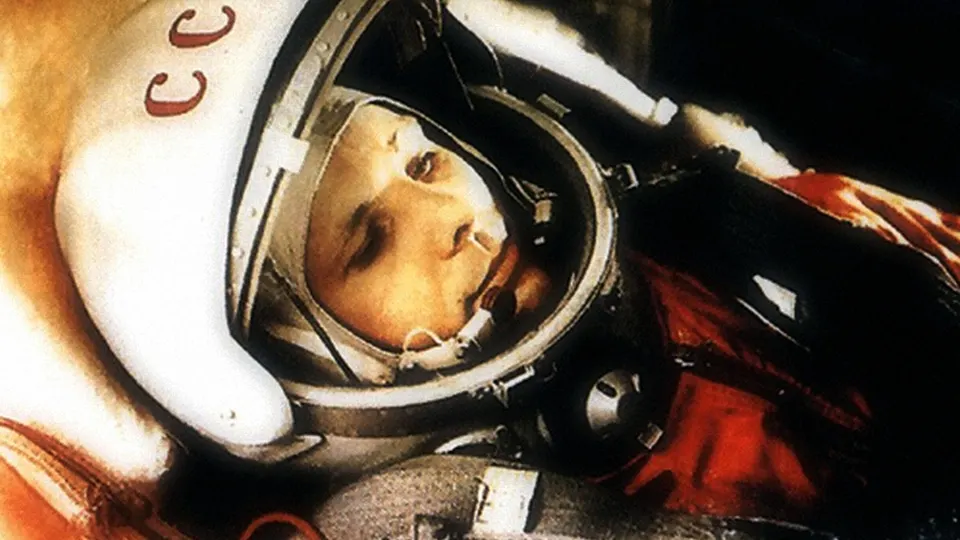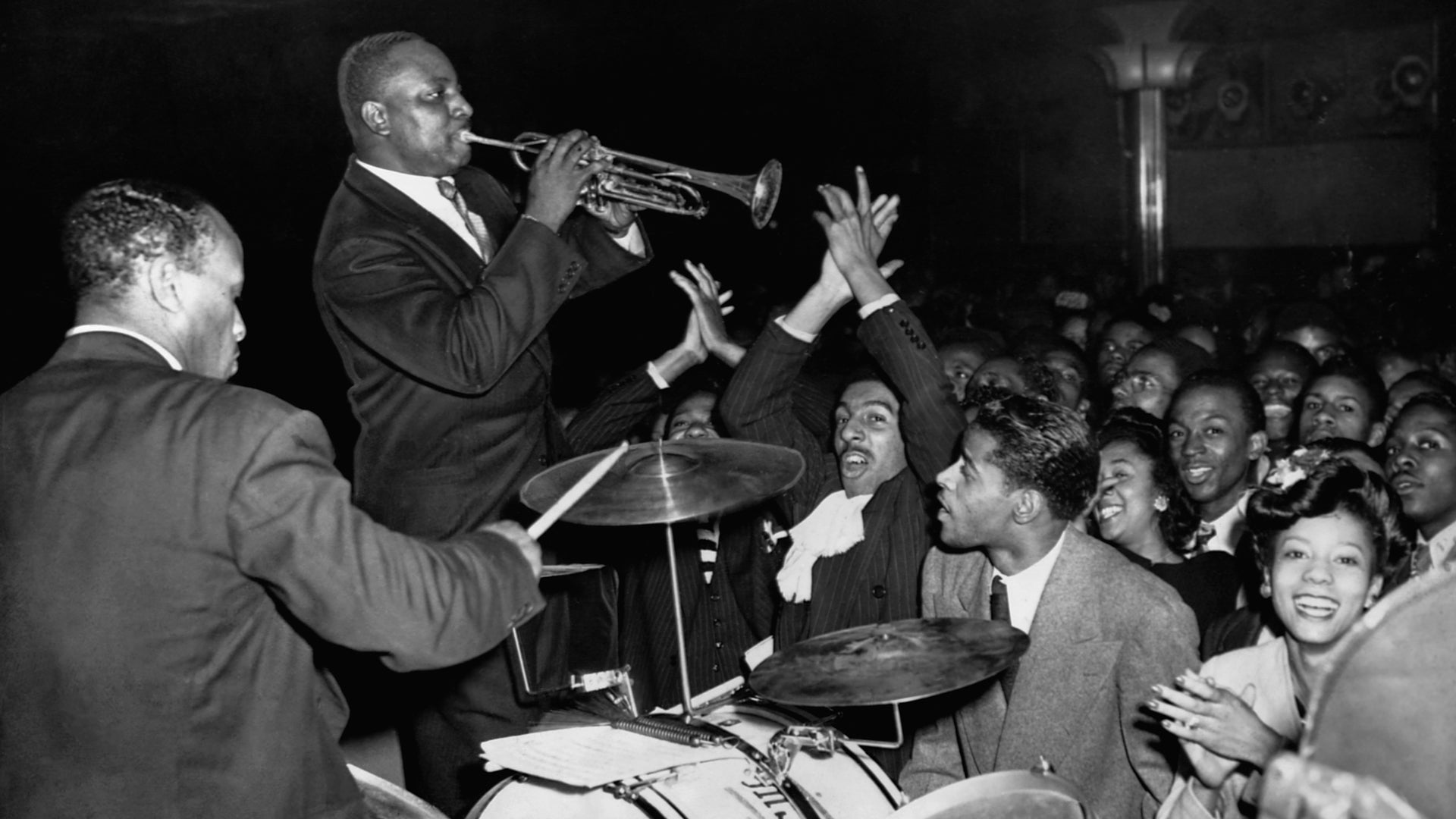The influence of Japanese Ukiyo-e art on European Impressionism marks a significant moment in cultural exchange during the 19th century. Ukiyo-e, meaning “pictures of the floating world,” featured woodblock prints of landscapes, kabuki actors, and everyday life. Renowned artists like Katsushika Hokusai and Utagawa Hiroshige captivated European collectors, especially after Japan opened trade in the mid-1800s. These prints, with their bold lines, flat color planes, and unique perspectives, profoundly inspired Impressionist painters seeking to break from traditional Western techniques.
Prominent Impressionists such as Claude Monet, Edgar Degas, and Vincent van Gogh studied Ukiyo-e to explore new compositions, asymmetry, and focus on daily subjects. Monet’s garden series and van Gogh’s reinterpretations of Hiroshige’s prints are direct results of this admiration. Scholars and art historians recognize this cross-cultural influence as a turning point in Western art, enriching it with Eastern aesthetics and philosophy, thereby broadening the scope of artistic expression.
This article draws upon academic research, museum archives, and expert commentary to highlight the authenticity and historical accuracy of this artistic dialogue. The impact of Ukiyo-e on Impressionism not only reshaped European art but also laid the foundation for global artistic fusion, illustrating how cultural appreciation can drive innovation across borders and centuries.





